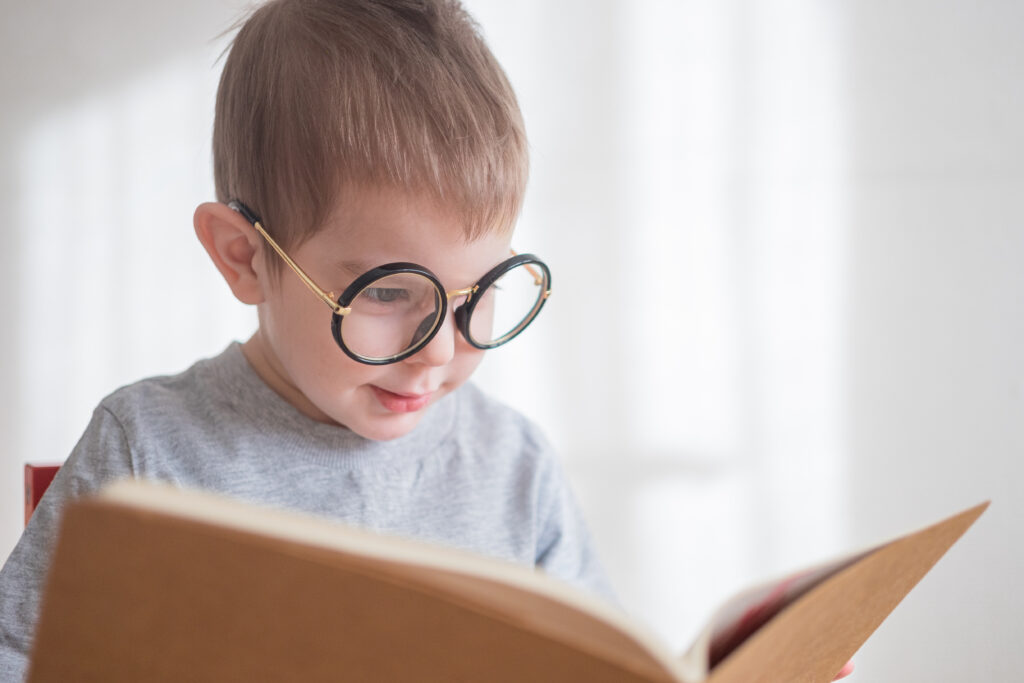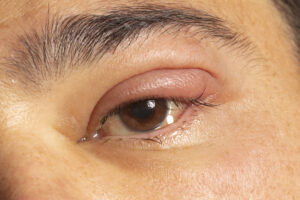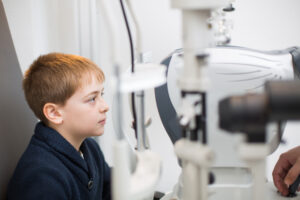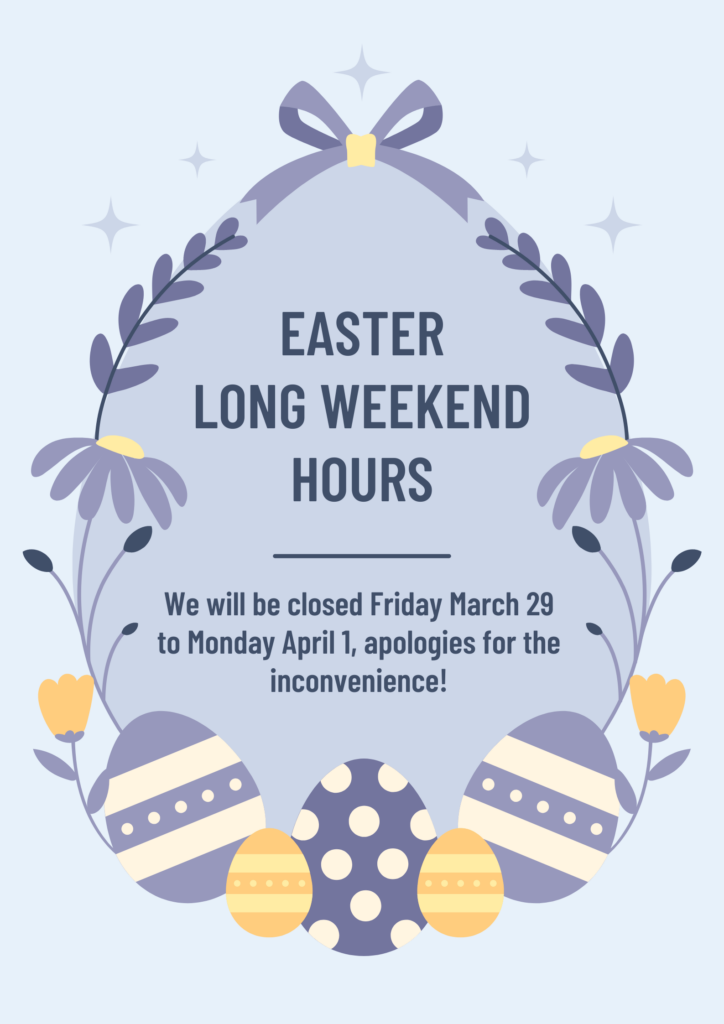Detecting vision problems in toddlers can prove to be a difficult task since they may not be able to communicate any issues with their vision. At Lumos Vision Care, we reccomend children to undergo their inaugural eye examination at the age of 6 months under the supervision of an optometrist. If this visit is followed with positive results, their next visit should be scheduled at the age of 3, followed by yearly assessments thereafter. Nevertheless, there are certain indications and behaviors that may suggest potential vision problems in toddlers. Presented below are some prevalent signs to look out for:
Excessive eye rubbing or blinking: If your toddler persistently massages their eyes or blinks profusely, it could serve as an indication of ocular strain or discomfort.
Squinting: If your toddler squints or partially closes one eye while to focusing on objects, it may point towards a refractive error or other visual issue.
Eye misalignment or crossed eyes: If you notice that your toddler’s eyes are improperly aligned or consistently exhibit a crossed appearance, it could allude to strabismus, a condition in which the eyes fail to work in tandem.
Excessive sensitivity to light: If your toddler displays an exaggerated sensitivity to bright lights or consistently avoids well-lit areas, it may signify a susceptibility to light, commonly referred to as photophobia.
Delayed or atypical development of visual skills: If your toddler struggles with tracking objects, establishing eye contact, or demonstrates delays in motor skills linked to vision (such as reaching for objects), it may imply a potential vision problem.
Lack of interest in visual stimuli: If your toddler exhibits minimal interest in visually captivating objects, fails to establish eye contact, or seems disengaged from their surroundings, it may be a vision issue.
Frequently tilting or turning the head: If your toddler frequently tilts their head or turns it to the side when gazing at objects, it could be a compensatory movement meant to enhance vision in a specific direction.
Should you observe any of these signs or harbour concerns regarding your toddler’s vision, it is highly advised to seek the help of an eye care professional who can conduct a comprehensive eye examination to evaluate your child’s vision and identify any potential vision problems. Early detection and intervention play a pivotal role in ensuring proper visual development and promptly addressing any vision issues that may arise.









